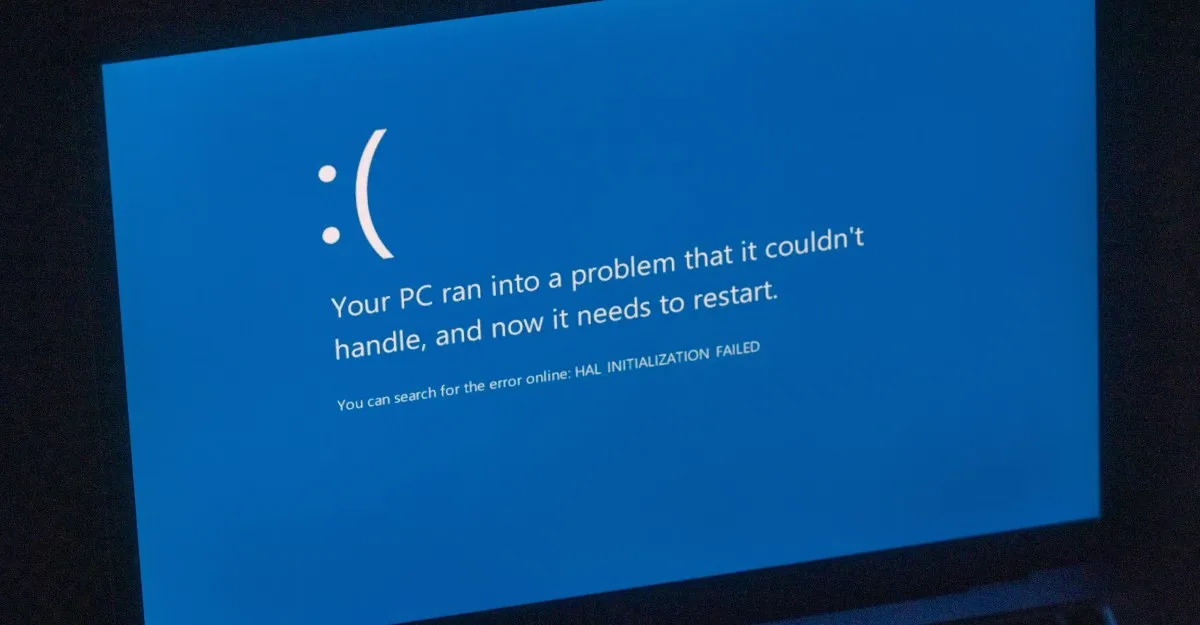
The Blue Screen of Death (BSOD), a notorious feature of the Windows operating system for nearly 40 years, is set for a significant transformation. Microsoft announced earlier this year that it is revamping the BSOD error message in its latest operating system, Windows 11. This change will see the BSOD renamed to the Black Screen of Death, marking a departure from its traditional blue hue.
The updated design of the BSOD will eliminate the familiar blue screen, the iconic frowning face, and the QR code, opting instead for a streamlined black screen. This new BSOD design closely resembles the black screen that users typically see during a Windows update. However, it will now include vital information such as the stop code and the specific system driver that caused the crash, which was not always visible during previous crash dumps.
For IT administrators, this redesign aims to simplify troubleshooting. They will no longer need to extract crash dumps from PCs and analyze them with tools like WinDbg to diagnose potential issues. According to David Weston, Vice President of Enterprise and OS Security at Microsoft, this change is intended to enhance clarity and provide better information. In an interview with The Verge, Weston stated, “This is really an attempt on clarity and providing better information and allowing us and customers to really get to what the core of the issue is so we can fix it faster.”
This new Black Screen of Death is part of a larger initiative by Microsoft to bolster the resilience of the Windows operating system. This effort follows the CrowdStrike incident last year, which affected millions of Windows machines and resulted in them booting to a BSOD. Alongside the new BSOD design, Microsoft plans to introduce a Quick Machine Recovery feature, aimed at rapidly restoring machines that are unable to boot.
As Microsoft prepares to roll out this new BSOD design in a Windows 11 update later this summer, users can look forward to a more informative and user-friendly experience. The transition from the traditional blue screen to the black screen is not just cosmetic; it reflects Microsoft's commitment to improving system diagnostics and enhancing the overall reliability of Windows 11.